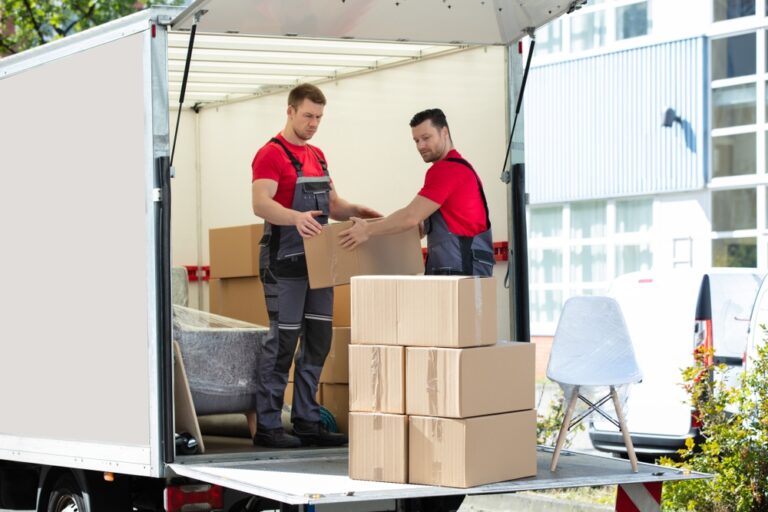Loading and unloading are essential in various industries, from logistics and transportation to manufacturing and construction. While these tasks may seem straightforward, they require careful planning and execution to ensure safety, efficiency, and the prevention of damage to goods and equipment. This comprehensive blog will explore the dos and don’ts of loading and unloading, providing valuable insights and tips for professionals in these fields.
Dos of Loading and Unloading
Plan Ahead
Before you begin the loading and unloading process, meticulous planning is crucial. Create a detailed plan that includes the following:
Schedule: Determine the most suitable time for loading and unloading to minimize disruptions to your operations.
Equipment: Ensure you have the right equipment and machinery available for the task. This may include forklifts, cranes, pallet jacks, and more.
Loading Sequence: Decide the order in which items will be loaded or unloaded. Prioritize fragile or hazardous items and ensure they are handled with care.
Safety First
Safety should always be the top priority for loading and unloading. Follow these safety guidelines:
Training: Ensure all personnel are properly trained and certified to operate equipment and handle materials safely.
Safety Gear: Provide workers with appropriate personal protective equipment (PPE), such as helmets, gloves, and safety vests.
Secure the Area: Keep the loading and unloading area clear of obstacles and pedestrians. Use barriers or cones to mark off the area.
Inspect and Maintain Equipment
Regularly inspect and maintain all equipment used for loading and unloading. This includes checking for:
Mechanical Issues: Ensure equipment is in good working condition, with no leaks, faulty brakes, or other mechanical problems.
Load Capacity: Be aware of the equipment’s load capacity and never exceed it. Overloading can lead to accidents and equipment damage.
Properly Fitted Attachments: Ensure that attachments like forks, hooks, and slings are securely attached and in good condition.
Use Appropriate Loading Techniques
Efficient and safe loading and unloading rely on proper techniques. Follow these guidelines:
Balance Loads: Distribute the weight of the load evenly to prevent instability during transport.
Secure Cargo: Use straps, chains, or other appropriate methods to secure the cargo. Prevent shifting during transport.
Stacking: When stacking items, ensure that the heaviest and most stable items are at the bottom, with lighter items on top.
Don’ts of Loading and Unloading
Rush the Process
One of the biggest mistakes in loading and unloading is rushing through the process. Avoid the following:
Haste: Rushing can lead to accidents, damaged goods, and injuries. Take your time and follow safety protocols.
Overlook Documentation: Do not neglect important paperwork and documentation, such as packing lists, invoices, and bills of lading.
Neglect Safety Procedures
Safety should never be compromised. Avoid these safety-related don’ts:
Ignoring Training: Never allow untrained or uncertified personnel to operate machinery or handle cargo.
Cutting Corners: Skipping safety checks, such as inspecting equipment or wearing PPE, can have severe consequences.
Taking Shortcuts: Avoid shortcuts or improvisation regarding safety procedures. Stick to established protocols.
Exceed Load Limits
Exceeding load limits is a recipe for disaster. It can result in equipment damage and pose serious safety risks:
Overloading Equipment: Never load more than the equipment’s specified capacity, as it can lead to accidents and costly repairs.
Improper Weight Distribution: Failing to distribute the weight evenly across the equipment can cause it to tip over or become unstable.
Neglect Equipment Maintenance
Proper maintenance is essential to keep equipment functioning correctly. Avoid these maintenance-related don’ts:
Skipping Inspections: Regular inspections should never be skipped. They help identify potential issues before they become major problems.
Delaying Repairs: Address any equipment issues promptly. Delaying repairs can lead to breakdowns during critical operations.
Ensure Success in Loading and Unloading with New Chapters Moving Co.
Loading and unloading are tasks that demand attention to detail, adherence to safety protocols, and careful planning. By following the dos and avoiding don’ts outlined in this blog, you can ensure that your loading and unloading processes are efficient and safe for your personnel and cargo.
Contact New Chapters Moving Co. now to learn more about how you can enhance your loading and unloading operations and ensure the safety and efficiency of your team and cargo. Your success depends on it!








